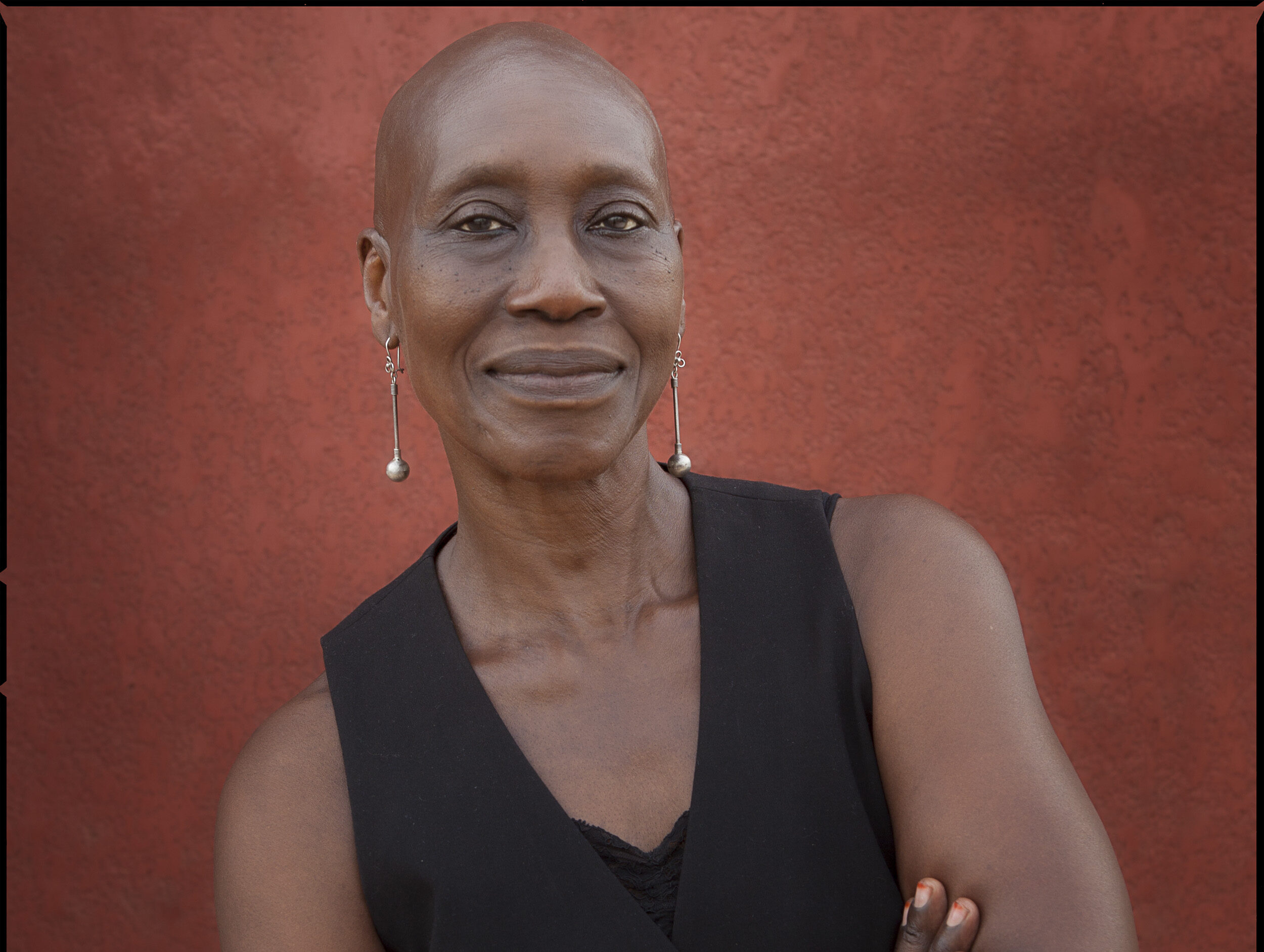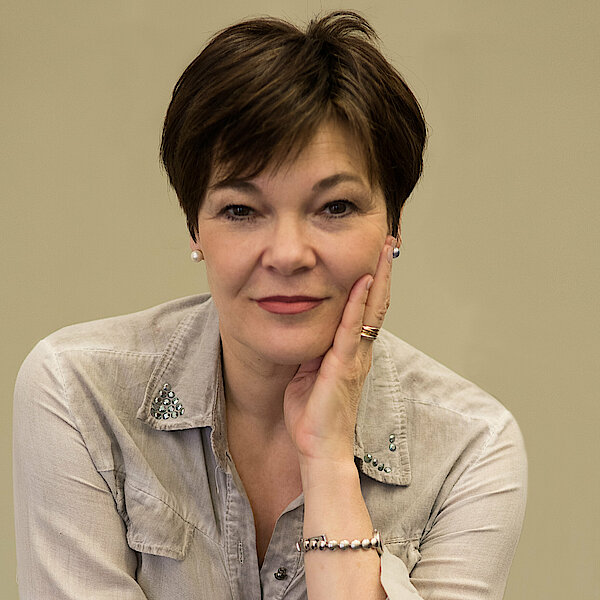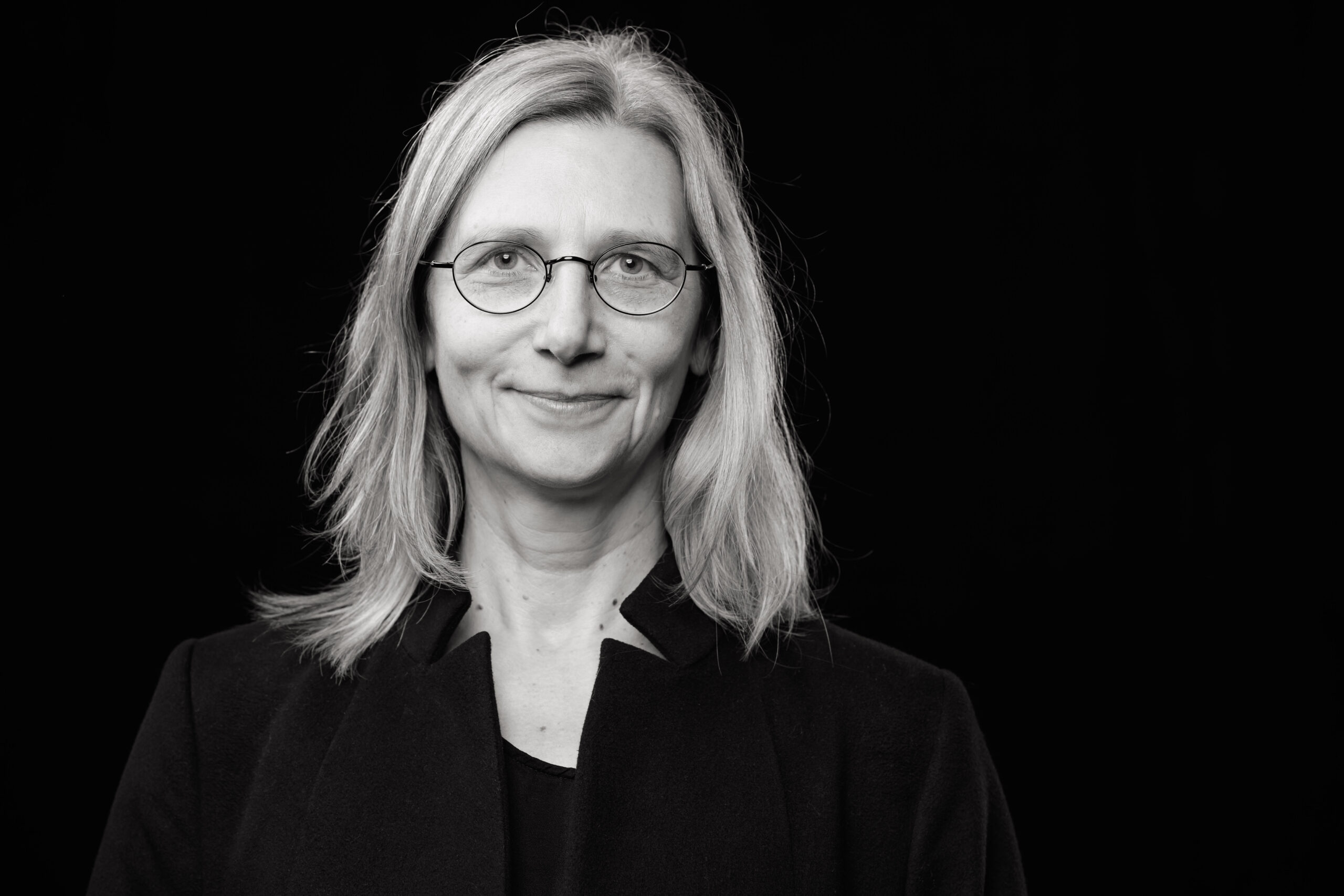ZENTRUM FÜR ZEITGENÖSSISCHEN TANZ DER HOCHSCHULE FÜR MUSIK UND TANZ Köln
The Zentrum für Zeitgenössischen Tanz / Centre for Contemporary Dance in Cologne sees its direction as fundamentally interdisciplinary and would like to set clear impulses for artistic and practice-oriented research. The concept of the study programs (BA, MA and PhD) are based on an innovative interaction between the three disciplines dance, dance studies and communication of dance.
STAATLICHE BALLETT- UND ARTISTIKSCHULE Berlin
“Preserve tradition, dare to do new things.” (Gregor Seyffert)
The Staatliche Ballett- und Artistikschule Berlin offers a unique outstanding stage dance education. Selected top talents from all parts of the world are prepared to have an international career. They master the style and virtuosity of classic/romantic ballet as well as the most innovative and expressive new creations of contemporary dance. With their evening-length performances on opera stages in Berlin and other cities, the school has gained a distinctive reputation as the largest and simultaneously youngest ballet company in Germany.
HOCHSCHULÜBERGREIFENDES ZENTRUM TANZ Berlin
The close connection between academic education and artistic practice characterizes the three study programs at HZT Berlin (Inter-University Centre for Dance Berlin). The programs offer an experimental approach to study and nurture a critical reflection of art and art practice. Focus is placed on creatively and critically addressing what dance, performance and choreography are, and can be, as artforms in today’s social and cultural environments.
HOCHSCHULE FÜR MUSIK UND DARSTELLENDE KUNST Frankfurt am Main
The objective of the BAtanz is the education and individual advancement of creative, expressive dance personalities who have a broad spectrum in ballet technique but also in the contemporary field and can implement their qualities in a sovereign way. They have developed abilities to creatively support artistic work processes and are able to reflect on themselves and the artform of dance in an interdisciplinary, historical and societal context.
FOLKWANG UNIVERSITÄT DER KÜNSTE Essen
The Folkwang Universität der Künste has been educating international dancers since 1927. Many important personalities are connected to this university, among them some that are world famous, such as the Folkwang co-founder Kurt Jooss or his student Pina Bausch. This dance education program sees itself as interdisciplinary, tied to traditions and active in many directions. Working with guest choreographers plays an important role.
BALLETT-AKADEMIE DER HOCHSCHULE FÜR MUSIK UND THEATER München
The Ballett-Akademie der Hochschule für Musik und Theater München belongs to the leading educational institutions for stage dance. The spectrum of instruction ranges from the lower levels with eight-year old apprentices, the BA programme for dance on up to the Junior Company in cooperation with the Bayerische Staatsoper and the Heinz Bosl-Stiftung. The foundation of the educational program is the Russian Vaganova method, augmented by other pedagogic approaches and modern dance technique. As early as possible, the young dancers gain experience on stage at many appearances. Since 2010, the Ballett-Akademie has been under the direction of Prof. Jan Broeckx, an internationally revered guest dancer, ballet master and dance teacher.
AKADEMIE DES TANZES DER STAATLICHEN HOCHSCHULE FÜR MUSIK UND DARSTELLENDE KUNST Mannheim
The academy is one of the educational institutions for dancers in Germany that has the richest tradition. Its roots reach back into the glorious time of ballet in Mannheim in the 18th century under the Prince elector Carl Theodor. The classic European ballet tradition is the basis for instruction and the point of departure for the classical repertoire as well as for all contemporary dance styles and improvisation. We see our role as a pedagogic team in working with students on the basis of trust while cultivating mutual respect. In order to assure this, international guest teachers are invited on a regular basis, paired with workshops, lectures and master classes with neo-classic and contemporary choreographers. Students are also integrated into a specifically oriented and diverse repertoire in order to receive stage practice. The educational program’s motivation and impulse must be to go beyond one’s own limits and open up new artistic horizons.

The freedom of the body
with Germaine Acogny-Vogt
Germaine Acogny’s dance technique blends traditional West African dances with Western contemporary elements, fostering bodily freedom. Inspired by nature and daily African life, movements, such as “the baobab tree” or “the deer”, are named, emphasizing a connection to breath and grounding. Classes involve a dynamic warm-up, exploration of technique movements (standing and floor barre) and combining movements into dance sequences. Acogny encourages western dancers to embrace African dance’s richness and power as a unique source of inspiration. The importance of musical collaboration is highlighted, emphasizing intuitive movement and the musician’s role in guiding dancers. Extended courses include improvisational sessions, allowing participants to integrate learned elements with their individual dance styles. Acogny’s technique provides a fresh perspective on bodily language, deeply rooted in Africa yet universally resonant.

Agnès Noltenius
Prof. Agnès Nolteniuswas born in Freiburg im Breisgau and has a German and French nationality. She trained for eight years at the Paris Opera Ballet School before beginning her career as a dancer with the Ballet du Rhin in Strasbourg, where she interpreted the great roles of the classical repertoire as first soloist and performed alongside dance legends such as Rudolf Nureyev and Maia Plissetskaia. After meeting William Forsythe, she joined the ensemble of the Ballett Frankfurt in 1989, to which she remained loyal for over 13 years. Holder of the French State Diploma in Dance Pedagogy, Noltenius is regularly invited as a guest teacher of classical ballet, repertoire and expert in William Forsythe’s Improvisation Technologies at universities and companies worldwide. She has been William Forsythe‘s choreographic assistant for several years and has been given responsibility for the realisation of some of his most significant pieces – in 2003 she published DETAIL-FORSYTHE. Since October 2019, she has been director and professor of dance at the State University of Music and Performing Arts in Mannheim.
Classical Training
The classical training is suitable for all levels and for students with different backgrounds. The focus is on the relationship to space, work and coordination of the torso and arms.

Henrietta Horn
Henrietta Horn is a choreographer, dancer and teacher. From 1999-2008 she was – together with Pina Bausch – artistic director of the Folkwang Tanzstudio. Since then she has worked as a freelance choreographer, solo dancer and teacher worldwide, including London, Damascus, Yaoundé, La Paz and Taipei.
She has received several awards for her reconstructions of Mary Wigman’s works. In 2021, Henrietta Horn was appointed Professor of Contemporary Dance at the Folkwang University of the Arts Essen.